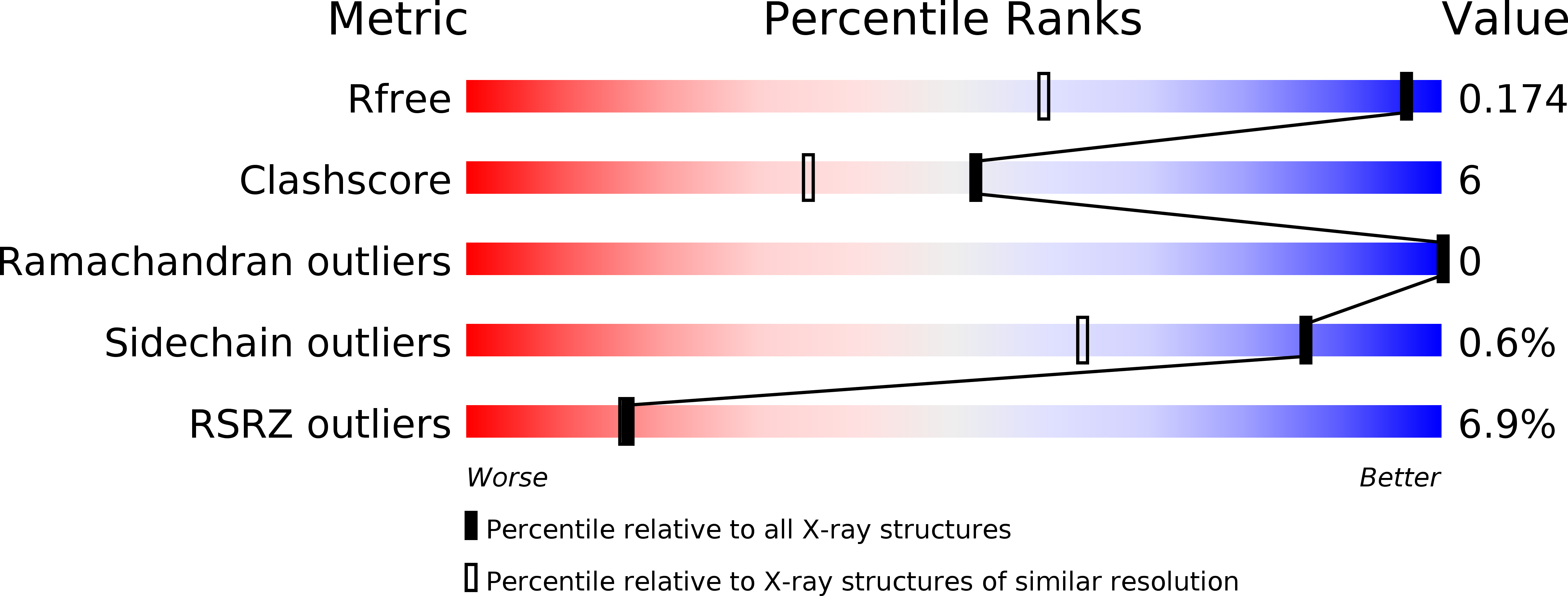
Deposition Date
2017-10-26
Release Date
2018-11-07
Last Version Date
2024-01-17
Entry Detail
PDB ID:
6ETC
Keywords:
Title:
Crystal Structure of Human gamma-D-crystallin Mutant P23T+R36S at 1.2 Angstroms Resolution
Biological Source:
Source Organism:
Homo sapiens (Taxon ID: 9606)
Host Organism:
Method Details:
Experimental Method:
Resolution:
1.20 Å
R-Value Free:
0.17
R-Value Work:
0.14
R-Value Observed:
0.14
Space Group:
P 1 21 1


